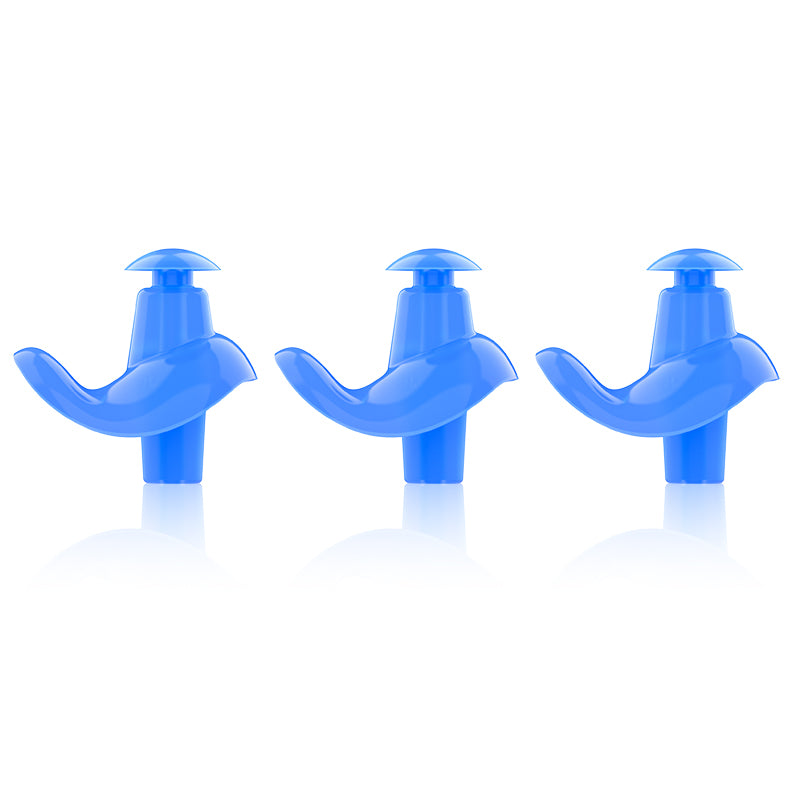Tips for Getting Your Child Accustomed to Wearing Ear Plugs
Body
When it comes to protecting your child's hearing, ear plugs can be a valuable tool. Whether it's for swimming, loud events, or even studying in a noisy environment, ear plugs can help reduce the risk of hearing damage. However, getting your child accustomed to wearing ear plugs can be a challenge. In this article, we will provide you with some tips and strategies to make the process easier and more successful.

Creating a Positive Association
One of the key factors in getting your child accustomed to wearing ear plugs is creating a positive association with them. Start by explaining to your child why it's important to protect their hearing and how ear plugs can help. Use age-appropriate language and examples to make it relatable. For example, you can explain that just like wearing a helmet protects their head, wearing ear plugs protects their ears.
Another effective strategy is to involve your child in the process of choosing ear plugs. Take them to a store or show them different options online. Let them pick a pair that they find comfortable and appealing. This way, they will feel a sense of ownership and be more motivated to wear them.
Gradual Introduction
Introducing ear plugs gradually can also help your child get accustomed to wearing them. Start by having your child wear the ear plugs for short periods of time in a quiet and familiar environment. This will allow them to get used to the sensation of having something in their ears without feeling overwhelmed.
Once your child is comfortable wearing the ear plugs for short periods, gradually increase the duration and introduce them to different environments. For example, you can have them wear the ear plugs while watching a movie or during a family outing to a noisy place. This will help them associate wearing ear plugs with enjoyable activities and build their confidence.
Role Modeling
Children often learn by observing and imitating their parents or older siblings. By wearing ear plugs yourself in situations where they are necessary, you can set a positive example for your child. Explain to them why you are wearing ear plugs and how it helps you. Seeing you use ear plugs regularly will normalize the behavior for them and make it more likely that they will follow suit.
You can also involve other family members or friends in the process. If your child has a sibling or a close friend who already wears ear plugs, encourage them to talk about their positive experiences and the benefits they have noticed. Peer influence can be a powerful motivator for children.
Positive Reinforcement
Positive reinforcement is a powerful tool in shaping behavior. Whenever your child wears ear plugs, praise and reward them. This can be as simple as giving them a high-five, offering words of encouragement, or even a small treat. The key is to make them feel proud of their efforts and associate wearing ear plugs with positive outcomes.
It's important to be patient and understanding throughout the process. Some children may take longer to get accustomed to wearing ear plugs than others. Be supportive and empathetic, and avoid pressuring or forcing your child to wear them. Remember, the goal is to create a positive and comfortable experience for them.
By following these tips and strategies, you can help your child become accustomed to wearing ear plugs and protect their hearing in various situations. Remember, consistency and positive reinforcement are key. With time and patience, your child will develop a habit of wearing ear plugs and understand the importance of protecting their precious hearing.











Comments